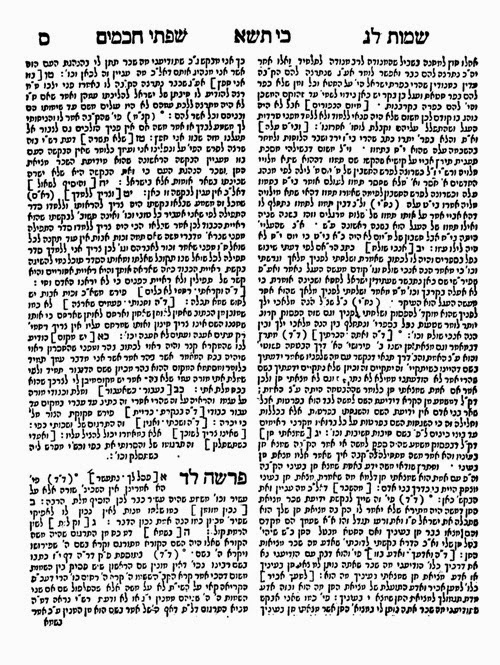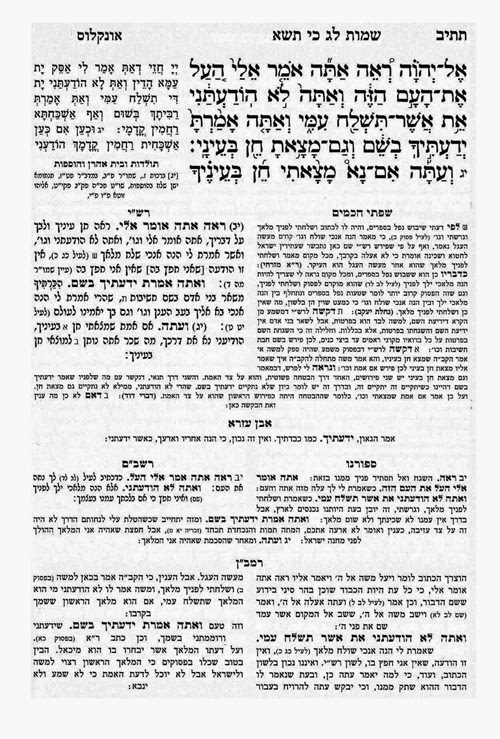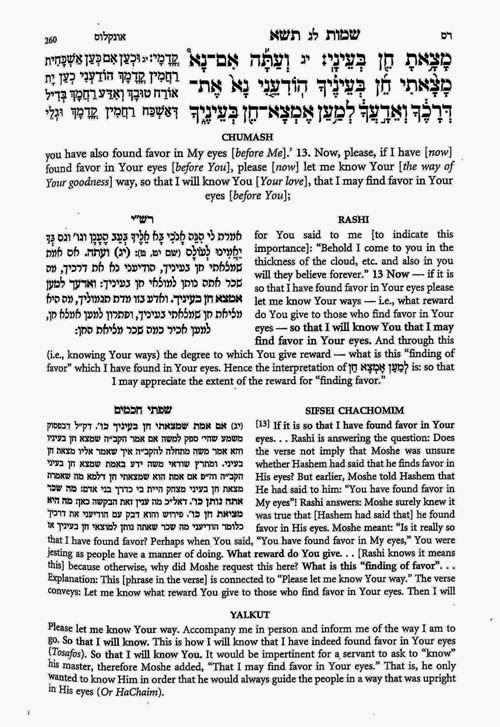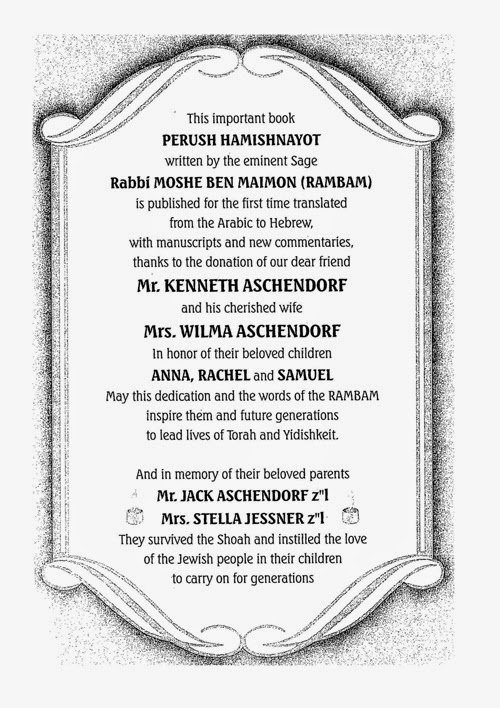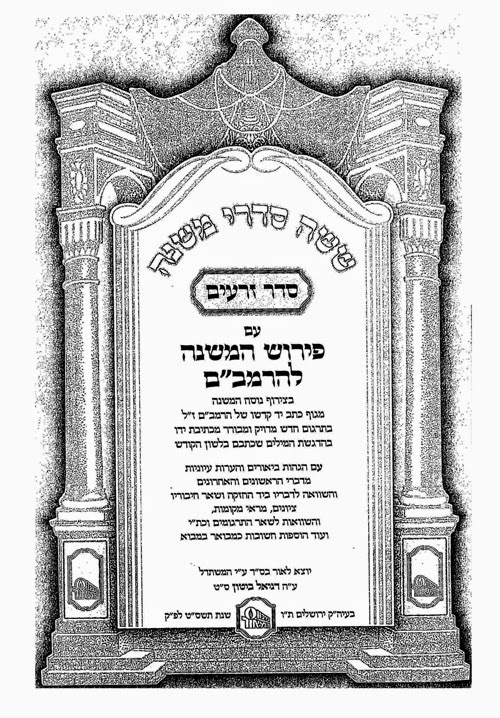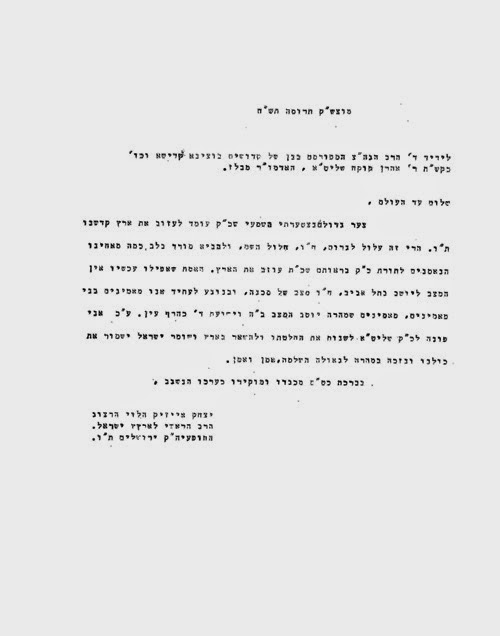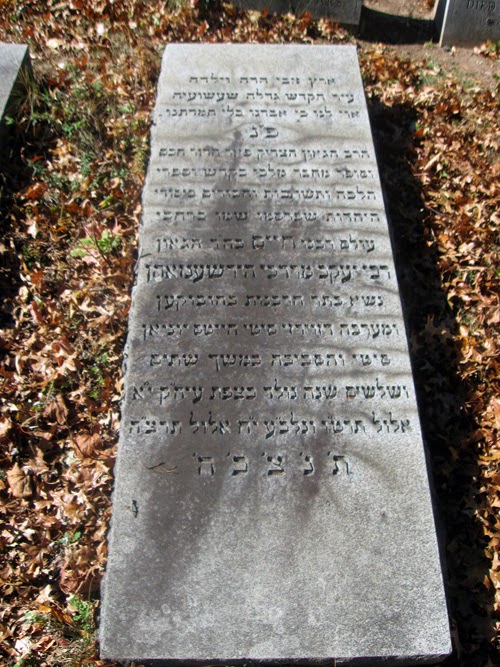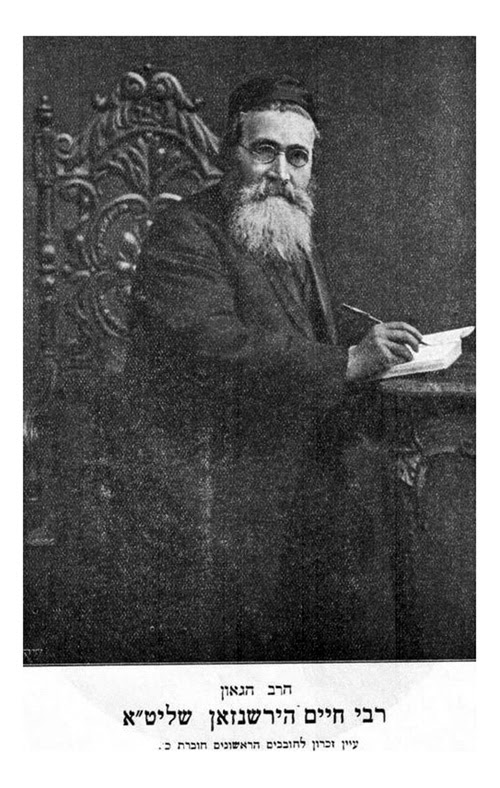A Response to Yaakov Rosenes
to Yaakov Rosenes
University of Pennsylvania, studying applied mathematics and materials science.
He has previously served as editor of Beit Yitzchak, an annual Talmud
publication of the Rabbi Isaac Elchanan Theological Seminary.
Yaakov Rosenes provides a fascinating window into some unfortunate trends in
the world of Jewish publishing. In particular, Rosenes highlights how
technology has impacted not only how seforim are printed today, but also what seforim
are printed — today, every Tom, Dick, and Harry can print a sefer, and
increasingly many of them choose to do so. While much of what he writes
comes as no surprise to those who have even casually followed the printed
literature in recent years, the concrete numbers and anecdotes he provides are
certainly illuminating.
would like to suggest a “correction”. In comparing the secular
and Torani worlds, Yaakov Rosenes focuses more on popular printing than on a
more relevant one: academic. Like talmidei chachamim, scholars of various
fields attempt to promote their work, and to convince others of its importance;
to appropriate his words, “to open up a dialogue with a readership”.
Likewise, “we have to concentrate more to understand what we
read” appears similarly true of much academic scholarship as it is of
Torah, much moreso than, say, of the Wall Street Journal or Time magazine.
It might pay then to contrast that world of publication with that in the
Torah world.
factors — both largely lacking in the world of Torah publishing — enable the
academic world to succeed in promoting quality of publication far beyond what
we can say for Torah printing. First, there is a wide-spread appreciation
for the distinction between “old” and “new” material.
Responsible journals typically aim to print new results and ideas.
Old material is by no means unimportant, but no research journal will
print a routine review of Lagrange multipliers or differential curves, in the
way that many Torah journals might print your chavrusa’s summary of hilchose
chol hamo’ed or of the sugya of kinyan meshicha. Of course there is a
wide range in quality in what is printed in both worlds, but the goal, at
least, of high-quality journals in the academic world is to mostly print new
ideas. This can hardly be said for Torah journals, and by extension Torah
books. Open a typical Torah journal and merely peruse the table of
contents: b’inyan ptur tamun b’esh, b’din get meuseh, etc. Very general titles,
which often indicate articles that can be summarized: “Moshe learned this
sugya and here are some of his ha’arose”. There is a reason why we
can find 90% of the same material in 90% of the printed literature. Of
course, most readers do not have time or interest to read through hundreds of
pages to find the genuinely original pieces, and so the diamonds get lost in
the rough. And there’s lots of rough.
related to a second difference between the academic and Torah world — quality
control through peer review. Aside from weak journals, that oftentimes
solicit and even guarantee publication (sometimes for a fee!), academic
journals typically enlist the aid of a network of people in the field to
referee submissions before they are accepted for publication. Other
researchers, from graduate students and postdocs to Fields medalists and Nobel
laureates, will read a submission and advise the editors of the journals
regarding its suitability for publication: Is it well written? Does it
appear to be well-researched? Does it make a valuable contribution to the
field? Is it readable to a non-specialist? At the same time, the
referees also provide important feedback to the authors: “The paper’s
central point might be stated more clearly”, “The paper does not
explain the meaning of term x”, “The paper would benefit from
additional discussion of an additional related point”. The effect of
this review process is thus two-fold. First, low-quality articles —
those that are poorly written or otherwise bring little to the table — are
filtered out before the printing stage. Indeed, the acceptance rate at
PRL, a representative first-tier journal from the physics community, is under
35% [1]; in contrast, during my years of editing and printing the Beit
Yitzchok, the rate was closer to 98%. Second, the articles that are
printed are often made substantially stronger. The net result is that
readers are not burdened with the significant challenge of extensive searches
through piles of low-quality work, and instead are treated to work befitting of
their time. It is unfortunate that at this point, no similar
infrastructure exists in the world of Torah publishing. True, there are
good Torah journals with talented editors, but as far as I can tell, the
editors of a given journal are typically a tiny group of people doing the job
of what can only effectively be done by one much larger.
that indeed our most serious talmidei chachamim are too busy with other
responsibilities to contribute to such a task. To those people I will ask
the following. Consider a typical academic employed by a typical research
institution. Aside from their own research, teaching, administrative and
myriads of other responsibilities, he or she also makes time to referee several
articles a year. Why do they do that? I don’t believe that the
answer is prestige or academic promotion, as refereeing occurs by and large
anonymously, and is generally of little value to academic advancement. Instead,
I believe that academics feel a responsibility to their field to ensure that it
is being done “right”, and that random idiots aren’t getting up there
and passing off their bunk as quality scholarship. In a word, they feel a
responsibility to preserve the “integrity of the mesorah”. It
seems to me that talmidei chachamim do not, generally speaking, practice this
same level of shmira when it comes to Torah. Instead, there is a polite
gentility that goes around, under the guise of which any person’s Torah is ok
— anyone can give a shiur, any person can write a Torah article, any person
can write a sefer. It is the same politeness that leads to haskamose that
read: “I haven’t read this sefer, but I see that this person is a very
qualified talmid chacham, and chazaka ein chaver motzi mtachas yado davar
sh’eino metukan, and yehi ratzon that he should continue to be marbitz
Torah.” This passive approval is a polite way of avoiding serious
engagement with the Torah of others. It is certainly not an effective
shmira even if it temporarily avoids some hurt feelings.
journal — the kind that people are genuinely excited to receive and read — is
an admirable and feasible task, and one that would be a very worthwhile
contribution to the world of lomdei and ohavei Torah. But I believe that
this cannot happen in the current intellectual climate, one that does not seem
to appreciate the distinction between old and new, and in which tacit wholesale
approval of scholarship is interpreted as genuine respect. When the
climate changes, the publication of high-quality journals — and books — can
become a warmly welcomed reality.
